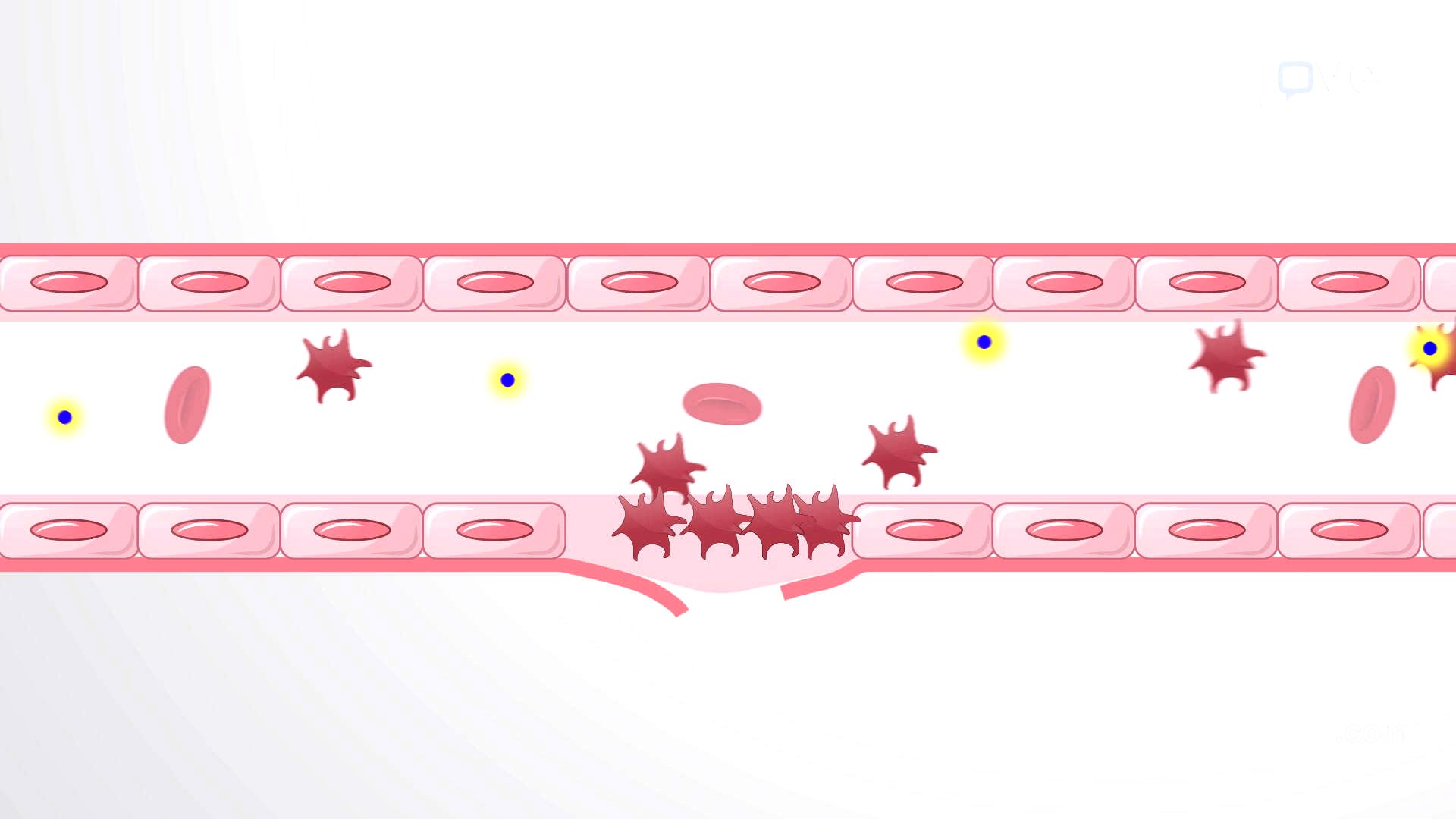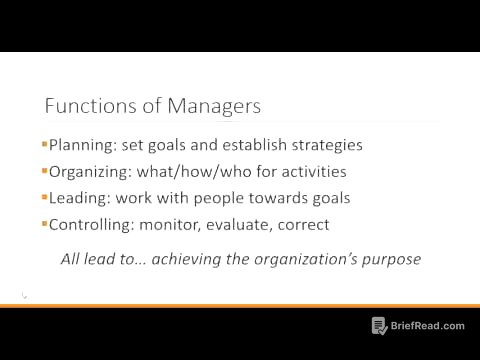TLDR;
This text explains how animal organs and organ systems maintain a stable internal environment through homeostasis. It details the roles of negative and positive feedback loops in this process, emphasizing how the body responds to stimuli to maintain a set point. The text also covers how set points can be adjusted and how acclimatization helps animals adapt to environmental changes.
- Homeostasis maintains internal dynamic equilibrium.
- Negative feedback loops maintain homeostasis.
- Positive feedback loops can disrupt homeostasis but are sometimes necessary.
- Set points can be adjusted, affecting the body's responses.
- Acclimatization allows animals to adapt to environmental changes.
Negative and Positive Feedback in Homeostasis
Animal organs and organ systems maintain homeostasis by constantly adjusting to internal and external changes, such as regulating glucose or calcium levels in the blood, or responding to external temperatures. Homeostasis involves maintaining a dynamic equilibrium, where the body constantly adjusts to changes while keeping functions within specific ranges. Even when an animal appears inactive, it is still maintaining this equilibrium.
Homeostatic Process and Set Points
The goal of homeostasis is to maintain equilibrium around a set point. While there are normal fluctuations, the body attempts to return to this point. A stimulus, or change in the environment, is detected by a receptor, which signals a control center. The control center then generates a response signaled to an effector, such as a muscle or gland. These processes are controlled by unconscious autonomic feedback loops.
Control of Homeostasis
When an environmental change occurs, the receptor senses it and sends a signal to the control center, which generates a response signaled to an effector (muscle or gland). These signals and responses are managed by unconscious autonomic feedback loops. Negative feedback loops maintain homeostasis, while positive feedback loops push the organism out of homeostasis but are sometimes necessary for life functions. The nervous and endocrine systems control homeostasis in mammals.
Setpoint Adjustments and Acclimatization
A system's set point can be adjusted, causing the feedback loop to maintain the new setting. For example, blood pressure set point can increase over time due to sustained high blood pressure, leading the body to accept the higher level as normal. Medication can lower blood pressure and reset the set point to a healthier level. Acclimatization involves changes in multiple organ systems to maintain a set point in another system, such as an animal increasing red blood cell count to adjust to lower oxygen levels at high altitudes. Seasonal changes in animal coats, with heavier coats in winter for heat retention and lighter coats in summer to prevent overheating, are another example of acclimatization.









